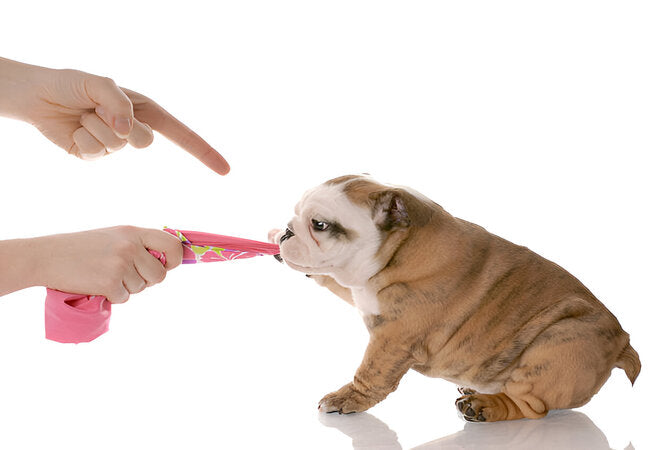2025 Vet Guide: How to Stop Puppy Chewing – Safe Habits, Training & Prevention 🐶🦴

In this article
2025 Vet Guide: How to Stop Puppy Chewing – Safe Habits, Training & Prevention 🐶🦴
By Dr. Duncan Houston BVSc
Chewing is instinctual—puppies explore their world and soothe teething pains by gnawing. But as a pet parent, you can guide this behavior toward safe outlets. Here’s how! 🛡️
🔍 1. Why Puppies Chew
- Teething discomfort: Chewing helps soothe sore gums until adult teeth come in around 6–7 months.
- Curiosity & exploration: Puppies use their mouths to investigate their environment.
- Boredom or stress: Insufficient exercise or anxiety leads to destructive chewing.
- Play and attention-seeking: Some puppies chew because it earns them a strong reaction.
🛠️ 2. Prevent by Removing Temptation
- “Puppy-proof” your home—store shoes, cords, and valuables out of reach.
- Use gates or pens to limit access when unsupervised.
🧩 3. Offer Appropriate Chews & Toys
- Provide a variety (rubber toys, rope chews, frozen washcloths) to soothe teething.
- Use durable toys like Kongs—stuff them with treats to increase appeal.
- Rotate toys regularly to maintain novelty.
👏 4. Training & Redirection
- Teach bite inhibition: yelp “ouch” when puppy bites, then ignore briefly—play gently resumes when mouthing is soft.
- Redirect from furniture or hands to a toy immediately.
- Use calm “no” and swap item—praise when puppy accepts toy instead.
- Offer time-outs or crate breaks when the puppy gets overexcited or nippy.
- Enrol in puppy class for socialization, grounding, and structured learning.
🚶 5. Provide Physical & Mental Stimulation
- Daily walks and play sessions to reduce excess energy.
- Use puzzle feeders, snuffle mats, and interactive games to engage their minds.
⏰ 6. Supervision & Consistency
- Always supervise, especially in the early months—interrupt unwanted chewing and guide positively.
- Remove unsupervised opportunities—use crates, playpens, or doggie day-care if needed.
📱 7. Use Vet Support Tools
- Ask A Vet: Get 24/7 guidance on teething discomfort, behavioral concerns, and appropriate distractions.
- Woopf: Log chewing incidents, triggers, toys introduced, crate time, and vet progress.
- Purrz: Track patterns in chewing, stimulation levels, toy preferences, and adjustments.
📚 Frequently Asked Questions
Q: When will chewing stop?
Puppy chewing typically reduces after teething by 6–7 months. Consistent guidance helps form lifelong good habits.
Q: Does bitter apple spray work?
It may deter chewing temporarily, but is ineffective if boredom or stress is the cause—prioritize training and enrichment.
Q: How long for habits to change?
With consistent redirection and supervision, most puppies improve within weeks. Early, positive intervention is key.
💬 Owner Insight
> “We froze cloths and offered Kongs during teething. With gentle redirection, he swapped chewing the leg to chewing toys in just a week!”
🏁 Final Thoughts from Dr Houston
Puppy chewing can be managed with patience, redirection, training, and enriching toys, Your pup learns safe habits. Crate training, playtime routines, and supportive tools like Ask A Vet, Woopf, and Purrz set you up for success in 2025 and beyond. 💙🐾
Download the Ask A Vet app to access chew guidance, training check-ins, and behavior support. 📱
AskAVet.com – Guiding puppy paws to good habits.






